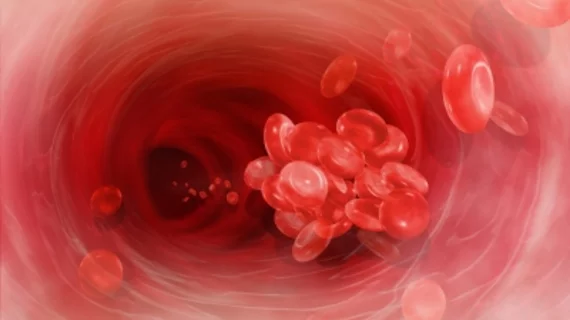Radial artery use for CABG doesn’t impact blood flow 20 years later
Forearm blood flow is preserved two decades after coronary artery bypass graft (CABG) surgery using radial artery grafts, Australian researchers reported in a letter published in the Journal of the American College of Cardiology.
The results offer reassurance that radial artery harvest is a safe long-term alternative to saphenous vein grafts (SVGs), which is significant considering a recent meta-analysis found radial artery grafts were associated with a 33 percent reduction in adverse cardiac events and a higher rate of patency compared to SVGs at an average follow-up of five years. Despite that potential benefit, up to 95 percent of CABG operations are performed without using the radial artery, according to lead author Alistair G. Royse, MBBS, MD, and colleagues with Royal Melbourne Hospital.
Royse and coauthors studied 86 patients who had undergone CABG with radial artery harvest, performing ultrasound to assess blow flow 12 to 22 years after their operations.
At rest, mean brachial artery flows were similar in the forearms that were harvested during the CABG operation (238 mL/min) versus the nonharvested sides (249 mL/min). Similarly, after forearm exercise for one minute, average exercise brachial flows were 918 mL/min and 963 mL/min for harvested and nonharvested sides, respectively.
No patients described pain in their hands at rest, and there was no evidence that radial artery (RA) use accelerated ulnar artery (UA) atheroma.
“This provides assurance that the harvested forearm and hand may be used in vigorous daily activities without restriction,” Royse et al. wrote. “At rest, there was a small reduction in flow in the UA at the wrist (hand flow) than for the combined UA and RA flow on the nonharvested side, but this secondary outcome was not considered clinically significant.
“Our report supports the long-term safety of RA use as an arterial conduit for coronary surgery.”

